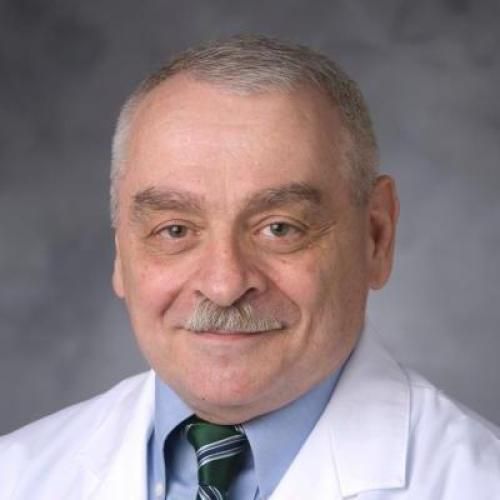Mitochondrial generation of reactive oxygen species after brain ischemia in the rat.
BACKGROUND AND PURPOSE: Brain mitochondria have a substantial capacity to generate reactive oxygen species after ischemia when the components of the respiratory chain are reduced and molecular oxygen is present. We tested the hypothesis that brain mitochondria in vivo produce reactive oxygen species after ischemia/reperfusion (IR) in rats at a rate sufficient to escape endogenous antioxidant defenses. METHODS: Ischemia-dependent production of hydroxyl radical in the hippocampus of the anesthetized rat was monitored with the use of intracerebral microdialysis. Transient global ischemia was produced by bilateral carotid artery occlusion and hemorrhagic hypotension to a mean arterial pressure of 35 mm Hg for 15 minutes followed by reperfusion for 60 minutes. Salicylic acid was infused into the hippocampus during the experiments, and changes in the recovery of its hydroxylated product, 2,3-dihydroxybenzoic acid (2,3-DHBA), were used to assess the effects of inhibitors of mitochondrial complex I on formation of hydroxyl radical during IR. Hydroxylation data from control groups of animals were compared with data from animals undergoing IR during treatment with either a mitochondrial complex I inhibitor alone or the inhibitor plus succinic acid. RESULTS: Transient ischemia led to a fivefold increase in the recovery of 2,3-DHBA by microdialysis after 1 hour relative to control animals (P < .05). Inhibition of mitochondrial complex I prevented 2,3-DHBA formation after IR; this effect could be reversed by infusion of succinic acid by microdialysis during IR. CONCLUSIONS: The data indicate that reactive oxygen species generated by mitochondrial electron transport escape cellular antioxidant defenses and promote highly damaging hydroxyl radical activity after transient brain ischemia in the rat.
Duke Scholars
Altmetric Attention Stats
Dimensions Citation Stats
Published In
DOI
ISSN
Publication Date
Volume
Issue
Start / End Page
Location
Related Subject Headings
- Time Factors
- Thiobarbituric Acid Reactive Substances
- Succinates
- Rotenone
- Reperfusion
- Reactive Oxygen Species
- Rats, Sprague-Dawley
- Rats
- Oxygen
- Neurology & Neurosurgery
Citation
Published In
DOI
ISSN
Publication Date
Volume
Issue
Start / End Page
Location
Related Subject Headings
- Time Factors
- Thiobarbituric Acid Reactive Substances
- Succinates
- Rotenone
- Reperfusion
- Reactive Oxygen Species
- Rats, Sprague-Dawley
- Rats
- Oxygen
- Neurology & Neurosurgery

